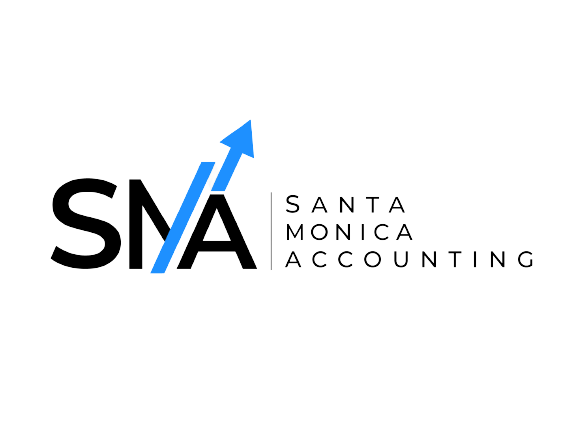Managing finances effectively is crucial for the success and sustainability of any small business. One of the fundamental aspects of financial management is the proper categorization of business expenses. Understanding how to categorize expenses for small businesses can significantly simplify bookkeeping, improve financial planning, ensure tax compliance, and provide a clear picture of the company’s financial health. This guide will delve into the intricacies of categorizing small business expenses, offering detailed examples and insights into best practices for accounting and working with accountants.
The Importance of Categorizing Small Business Expenses
Proper expense categorization is more than just a bookkeeping chore; it’s a strategic necessity. Here are several reasons why categorizing small business expenses is vital:
How to Categorize Expenses for Small Businesses?: A Step-by-Step Guide
Although categorizing spending can appear difficult at first, it can be made easier by breaking it down into a methodical procedure. Here’s a detailed how-to:
Step 1: Identify and Classify All Expenses
Step 2: Choose an Accounting System
- Cash Basis Accounting: Records expenses when they are actually paid, providing a straightforward view of cash flow.
- Accrual Basis Accounting: Records expenses when they are incurred, regardless of when payment is made, offering a more comprehensive view of financial health by matching expenses with related revenues.
Choosing the right system depends on factors such as business size, complexity, and regulatory requirements. For instance, small businesses often prefer cash basis for its simplicity, while larger entities or those seeking detailed financial insights may opt for accrual basis accounting.
Step 3: Set Up Expense Categories
Step 4: Record Expenses Promptly
Step 5: Use Accounting Software
Step 6: Regularly Review and Reconcile Accounts
Step 7: Consult with an Accountant
This is an info box
Understanding the main categories of small business expenses is the first step in effective financial management. Below are common categories with examples to help illustrate each one:
1. Operating Expenses
Operating expenses are the day-to-day costs associated with running a business. These are recurring costs essential for the business’s operations.
Examples of Operating Expenses:
| Rent or Lease Payments: Costs for office or retail space. | Utilities: Electricity, water, internet, and phone services. | Office Supplies: Stationery, printing materials, and other general office supplies. | Maintenance and Repairs: Upkeep of equipment and facilities. | Insurance: Business insurance policies, including liability, property, and health insurance for employees. |
2. Cost of Goods Sold (COGS)
COGS refers to the direct costs associated with producing goods sold by the business. This is particularly relevant for manufacturing and retail businesses.
Examples of Cost of Goods Sold:
| Raw Materials: Basic materials used in the production process. | Direct Labor: Wages for employees directly involved in production. | Manufacturing Supplies: Consumables used in the manufacturing process. | Shipping Costs: Costs to transport raw materials and finished goods. |
3. Marketing and Advertising Expenses
These expenses are incurred to promote the business and attract customers.
Examples of Marketing and Advertising Expenses:
| Advertising: Costs for online ads, print ads, billboards, and other media. | Promotional Materials: Business cards, brochures, flyers, and branded merchandise. | Website Costs: Development, maintenance, and hosting of a business website. | Social Media: Paid promotions and social media management tools. |
4. Employee Expenses
Expenses related to compensating and supporting employees fall into this category.
Examples of Employee Expenses:
| Salaries and Wages: Payments to employees for their work. | Benefits: Health insurance, retirement plans, and other employee benefits. | Training and Development: Costs for employee training programs, workshops, and courses. | Payroll Taxes: Taxes that a business is required to pay on behalf of its employees. |
5. Travel and Entertainment Expenses
These are costs associated with business travel and client entertainment.
Examples of Travel and Entertainment Expenses:
| Travel: Airfare, hotel accommodations, car rentals, and per diem allowances. | Meals and Entertainment: Dining with clients, business lunches, and entertainment expenses. | Conference Fees: Costs to attend industry conferences, seminars, and networking events. |
6. Professional Services
Expenses paid to external professionals for various business services.
Examples of Professional Services Expenses:
| Accounting and Bookkeeping: Fees paid to accountants or bookkeepers. | Legal Services: Costs for legal advice, contract drafting, and other legal services. | Consulting Fees: Payments to business consultants and advisors. | IT Services: Fees for technical support, software maintenance, and cybersecurity services. |
7. Depreciation and Amortization
Depreciation and amortization are accounting methods used to allocate the cost of tangible and intangible assets over their useful lives. These non-cash expenses are crucial for reflecting the gradual consumption of an asset’s value, impacting both the balance sheet and income statement. Understanding how these processes work is essential for accurate financial reporting and compliance with accounting standards.
| Depreciation: Reduction in the value of tangible assets like machinery, vehicles, and equipment. | Amortization: Gradual write-off of intangible assets like patents, trademarks, and goodwill. |
Effectively categorizing small business expenses is a cornerstone of sound financial management. By understanding how to categorize expenses for small businesses, you can enhance your financial clarity, ensure compliance with tax regulations, and make informed strategic decisions. Utilizing accounting software, maintaining accurate records, and consulting with professional accountants can further streamline the process and provide valuable insights into your business’s financial health. By implementing these practices, small businesses can achieve greater efficiency, profitability, and sustainability in their operations.

Thank you for reading with SMA!
Seeking help with your bookkeeping and accounting?
We’re right here for you!
